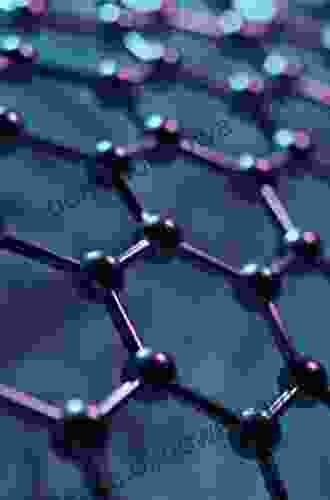Graphene: From Theory to Applications - Unlocking the Potential of the 21st Century Material

4.5 out of 5
| Language | : | English |
| File size | : | 22847 KB |
| Text-to-Speech | : | Enabled |
| Screen Reader | : | Supported |
| Enhanced typesetting | : | Enabled |
| Word Wise | : | Enabled |
| Print length | : | 234 pages |
| X-Ray for textbooks | : | Enabled |
Graphene, a one-atom-thick layer of carbon atoms arranged in a hexagonal lattice, has captivated the scientific community since its discovery in 2004. This extraordinary material possesses an array of remarkable properties, including exceptional electrical and thermal conductivity, flexibility, transparency, strength, and lightness.
Due to its unparalleled characteristics, graphene has garnered immense interest for potential applications across diverse industries. This article delves into the theoretical foundation of graphene and explores its practical applications in electronics, energy storage, composites, and biomedical fields.
Theoretical Framework
Atomic Structure and Properties
Graphene consists of a single layer of carbon atoms arranged in a hexagonal lattice. Each carbon atom is covalently bonded to three neighboring carbon atoms, forming a robust and stable sheet-like structure.
The unique atomic structure of graphene gives rise to its exceptional properties. The strong covalent bonds between carbon atoms provide exceptional strength and rigidity, while the hexagonal lattice enables efficient electron transport, resulting in high electrical and thermal conductivity.

Electronic Properties
Graphene exhibits remarkable electronic properties due to its unique band structure. The conduction and valence bands meet at six points (known as Dirac points),forming a cone-shaped energy dispersion. This results in the behavior of charge carriers as massless particles, leading to high electron mobility and low electrical resistance.
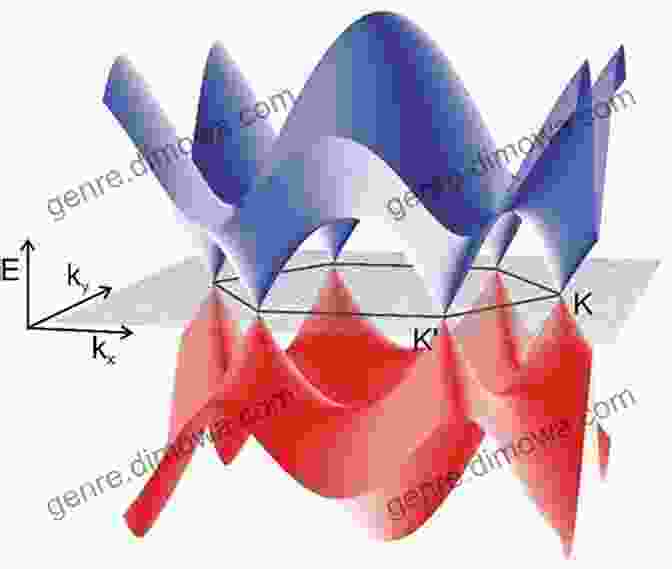
Practical Applications
Electronics and Optoelectronics
Graphene's exceptional electrical properties make it an ideal material for electronic applications. Its high conductivity, flexibility, and transparency enable the development of advanced electronic devices such as flexible displays, transparent electrodes, and high-performance transistors.
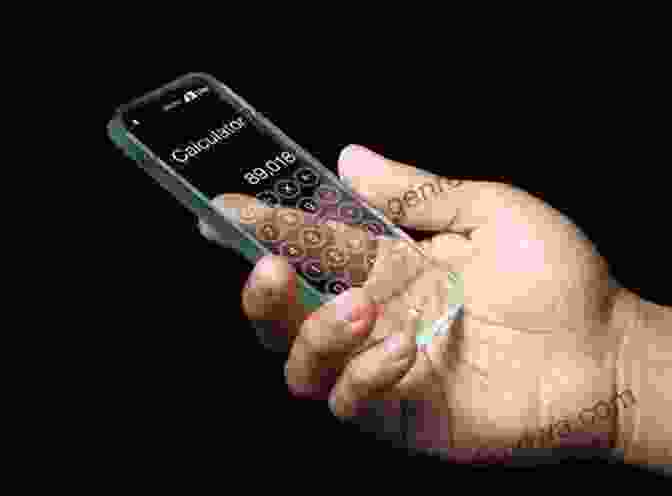
Energy Storage
Graphene's high surface area and excellent electrochemical properties make it a promising candidate for energy storage applications. Graphene-based supercapacitors exhibit high power density and long cycle life, while graphene-based batteries offer improved energy storage capacity and faster charging rates.
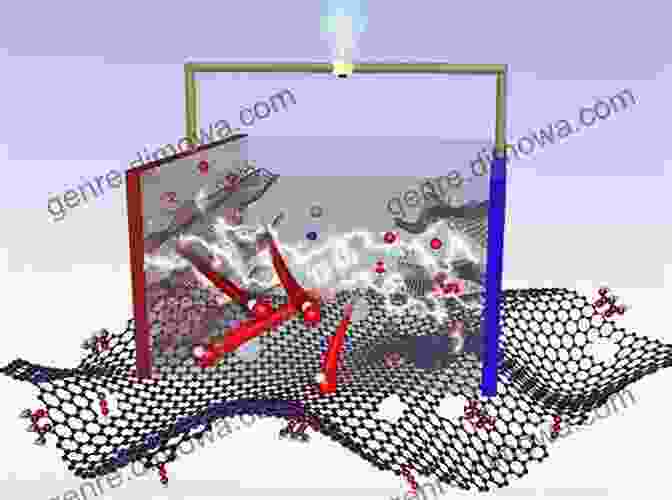
Composites and Materials Science
Graphene's unique mechanical properties, including its strength, flexibility, and lightness, make it an ideal material for composite applications. Adding graphene to polymers, metals, and ceramics enhances their strength, toughness, and electrical conductivity.
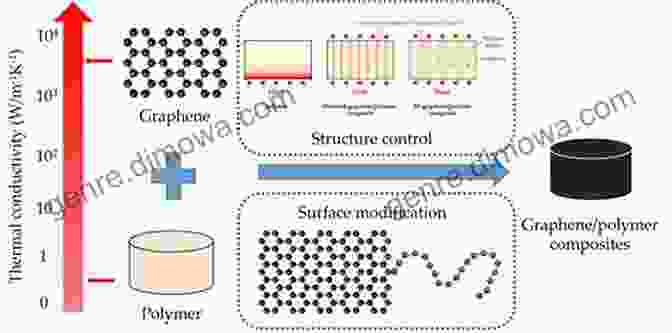
Biomedical Applications
Graphene's biocompatibility, electrical conductivity, and ability to interact with biological molecules make it a promising material for biomedical applications. Graphene-based biosensors offer high sensitivity and specificity for disease detection, while graphene scaffolds support tissue regeneration and drug delivery.
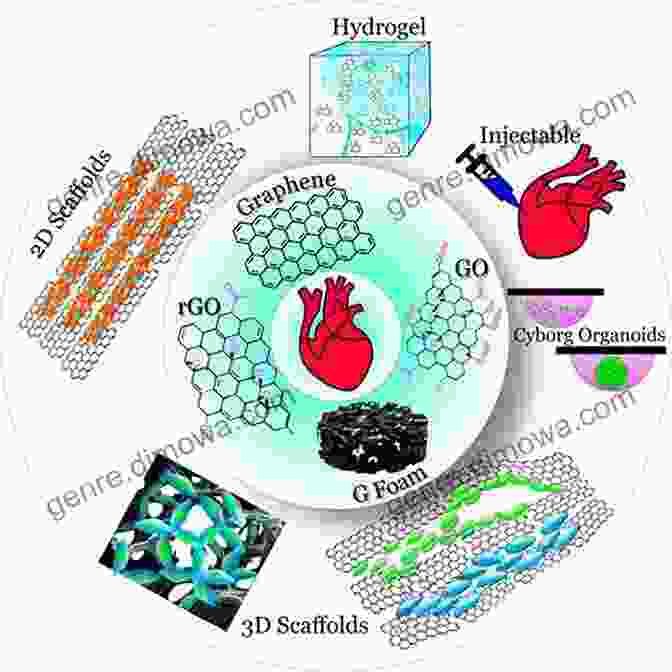
Graphene, with its exceptional properties and wide-ranging applications, holds immense promise for revolutionizing industries and shaping the future of technology. From groundbreaking electronic devices and energy storage solutions to advanced composites and biomedical applications, graphene's potential is limitless.
This book, "Graphene From Theory To Applications," provides a comprehensive exploration of graphene's theoretical foundations and practical applications. It serves as an invaluable resource for scientists, engineers, and researchers seeking a deeper understanding of this remarkable material and its transformative impact on various fields.
4.5 out of 5
| Language | : | English |
| File size | : | 22847 KB |
| Text-to-Speech | : | Enabled |
| Screen Reader | : | Supported |
| Enhanced typesetting | : | Enabled |
| Word Wise | : | Enabled |
| Print length | : | 234 pages |
| X-Ray for textbooks | : | Enabled |
Do you want to contribute by writing guest posts on this blog?
Please contact us and send us a resume of previous articles that you have written.
 Book
Book Novel
Novel Page
Page Chapter
Chapter Text
Text Story
Story Genre
Genre Reader
Reader Library
Library Paperback
Paperback E-book
E-book Magazine
Magazine Newspaper
Newspaper Paragraph
Paragraph Sentence
Sentence Bookmark
Bookmark Shelf
Shelf Glossary
Glossary Bibliography
Bibliography Foreword
Foreword Preface
Preface Synopsis
Synopsis Annotation
Annotation Footnote
Footnote Manuscript
Manuscript Scroll
Scroll Codex
Codex Tome
Tome Bestseller
Bestseller Classics
Classics Library card
Library card Narrative
Narrative Biography
Biography Autobiography
Autobiography Memoir
Memoir Reference
Reference Encyclopedia
Encyclopedia Lauren Tarshis
Lauren Tarshis Tony Konieczny
Tony Konieczny Robert Daley
Robert Daley Lazyprogrammer
Lazyprogrammer Noel Curry
Noel Curry Richard Hammond
Richard Hammond Lauren James
Lauren James Tim Delaney
Tim Delaney Masahito Hayashi
Masahito Hayashi Dale Peterson
Dale Peterson Selene Yeager
Selene Yeager Manpreet Kaur
Manpreet Kaur Mary Fichtner
Mary Fichtner Kurt Zimmerman
Kurt Zimmerman Libba Bray
Libba Bray Laura L Zimmerman
Laura L Zimmerman Thomas W Paradis
Thomas W Paradis Maxim D Shrayer
Maxim D Shrayer Kristen Niedfeldt
Kristen Niedfeldt L L Richman
L L Richman
Light bulbAdvertise smarter! Our strategic ad space ensures maximum exposure. Reserve your spot today!

 Michael SimmonsElementary School Grades Math Publications Guide Ages Ebook: The Ultimate...
Michael SimmonsElementary School Grades Math Publications Guide Ages Ebook: The Ultimate...
 Fyodor DostoevskyMathematics For Ages 13+ Wals Routledge Lesson Study Series: Your Child's...
Fyodor DostoevskyMathematics For Ages 13+ Wals Routledge Lesson Study Series: Your Child's... Thomas PowellFollow ·6.5k
Thomas PowellFollow ·6.5k Ivan CoxFollow ·10.4k
Ivan CoxFollow ·10.4k Isaac BellFollow ·6.6k
Isaac BellFollow ·6.6k Melvin BlairFollow ·11.8k
Melvin BlairFollow ·11.8k Gary ReedFollow ·12.8k
Gary ReedFollow ·12.8k Barry BryantFollow ·3.9k
Barry BryantFollow ·3.9k Joshua ReedFollow ·11.4k
Joshua ReedFollow ·11.4k William GoldingFollow ·19.3k
William GoldingFollow ·19.3k

 Langston Hughes
Langston HughesUnlock Your Teaching Dreams with Nystce Mathematics 004...
Elevate Your Preparation...

 Finn Cox
Finn CoxUnlock Your Mtel Music 16 Certification: A Comprehensive...
: Embark on the Path...

 Calvin Fisher
Calvin FisherThe Unforgettable Journey of Self-Discovery in "Out of...
An Extraordinary Journey of Growth and...

 Isaiah Price
Isaiah PriceWhy Am I So Happy Dating With a Bolivian Girl?
I've been dating my...

 Junichiro Tanizaki
Junichiro TanizakiVolume: The Hole Inside the Earth - Discover the...
Delve into the...
4.5 out of 5
| Language | : | English |
| File size | : | 22847 KB |
| Text-to-Speech | : | Enabled |
| Screen Reader | : | Supported |
| Enhanced typesetting | : | Enabled |
| Word Wise | : | Enabled |
| Print length | : | 234 pages |
| X-Ray for textbooks | : | Enabled |


